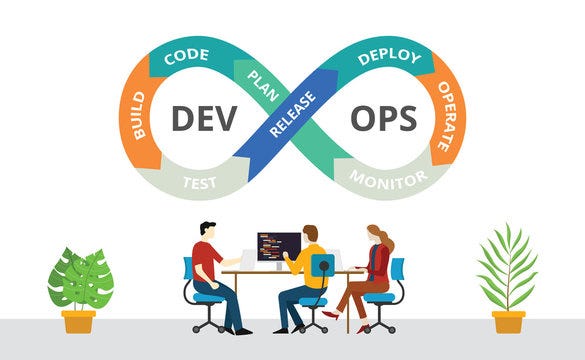In today’s high-speed mobile utility tool ecosystem, speed, reliability, and consistency are crucial. DroidKit, a sophisticated Android toolkit used to recover data, fix system issues, and unlock phones, needs a high-powered development process to make sure every update is delivered to users in the most efficient manner possible. This blog takes readers through how the DevOps team at DroidKit automates the build process for Android to provide faster development cycles and higher-quality releases. For those interested in mastering such practices, enrolling in a DevOps course can provide the foundational skills and tools needed to manage automation, CI/CD pipelines, and streamlined deployment workflows effectively.
Why Automate the Build Process?
Manual build procedures are slow, error-prone, and non-scalable. Automation avoids redundant work, imposes consistency, and speeds up development. For DroidKit, which runs on multiple Android OS versions and devices, automation is not a choice—it’s business-critical.
Step 1: Version Control and Branch Strategy
Starting with Git. All source code lives in a Git repository with an obvious branching strategy:
- Main Branch: Always production-ready and stable.
- Development Branch: For integration and ongoing feature development.
- Feature/Hotfix Branches: For standalone updates and fixes.
Tags are employed to version builds, allowing for rollback and tracking.
Step 2: CI/CD Pipeline Setup
We orchestrate our continuous integration and delivery using GitHub Actions. Key pieces:
- Build Triggers: Commits to development or PRs trigger build workflows.
- Gradle Tasks: Custom Gradle scripts manage compilation, resolving dependencies, and APK generation.
- Unit & Instrumentation Tests: Run automatically with each build.
- Artifact Upload: Successful builds are stored and made ready for QA or staging.
Step 3: Code Signing and Security
Security matters. DroidKit signs APKs with a secure keystore file stored in GitHub Secrets. Steps are:
- Decrypting the keystore at runtime
- Signing the APK with Gradle signingConfig
- Verifying signatures after build
This guarantees authenticity and protects from tampering.
Step 4: Multi-Device Testing
With the diverse set of Android devices, we execute instrumentation tests on various OS versions and hardware profiles using Firebase Test Lab to provide wide-ranging compatibility and fewer issues after the release.
Step 5: Continuous Delivery to QA and Users
With GitHub Actions and Fastlane, DroidKit deploys automatically to:
- Internal QA Channels (via Firebase App Distribution)
- Public Beta Releases
- Production Rollouts (once validated)
Release notes and changelogs are automatically generated and part of the rollout process.
Benefits Realized
- 90% cut in manual build time
- Live feedback through automated tests
- Trusted, traceable, and reproducible builds
- Smooth delivery to QA and users
Final Thoughts
Auto-building Android revolutionized the growth of DroidKit. By adopting DevOps best practices, we’ve created the avenue for increased efficiency, reliability, and scalability. If you’re building an Android tool with frequent updates and lots of target environments, automation is not an upgrade, it’s a requirement. To better prepare for DevOps roles in this space, researching DevOps interview questions can allow you to absorb real-world scenario challenges and expectations around CI/CD, infrastructure automation, and system monitoring in dynamic development environments.

